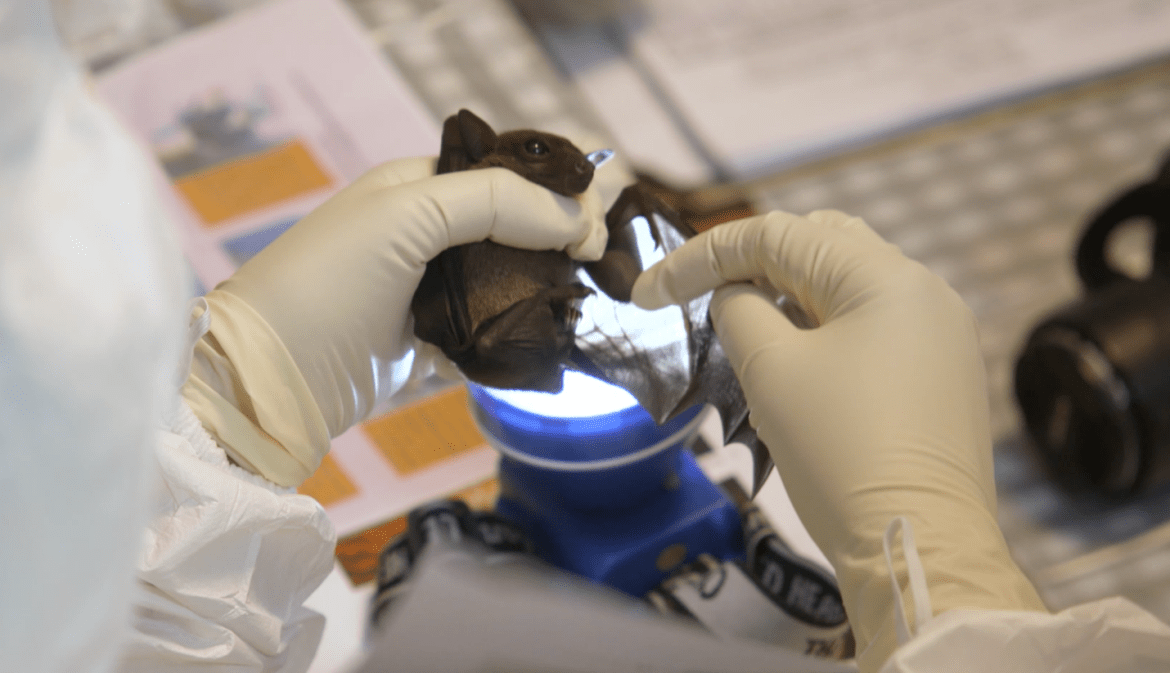It is the world’s most pressing scientific puzzle. Pieces scattered around the world are being collected in search of a suspect in the largest health crisis to ever hit the globe in the past century.
With the coronavirus outbreak first reported in central China’s Wuhan, followed by other reports elsewhere in world, scientists from around the world agree on SARS-CoV-2, the virus behind the COVID-19 pandemic, originated in bats.
But how did this virus travel from a bat colony to the city of Wuhan? And from there, how did it silently creep along motorways and flight routes to kill nursing home residents in New York State, indigenous people in remotes areas of the Amazon, personnel in research stations in Antarctica?
The answer to the question of how this virus entered the human population to wreak such a devastating toll is the foremost issue of global scientific concern today. And the search for origins of the SAR-CoV-2 virus matters.

The latest discovery by researchers at the Pasteur Institute in Cambodia in Phnom Penh, adds new information to the investigation into where the COVID-19 pathogen came from. / CGTN
Following the outbreak of COVID-19, the scientists began running additional tests on stored samples in search of related coronaviruses.
In 2010, researchers in Cambodia set on an expedition to explore the biodiversity of bats near the Preah Vihear Temple. The samples were transported back to the Pasteur Institute in Cambodia, where they have been stored at minus 80 degrees Celsius for the past decade.
Following the outbreak of COVID-19, the scientists began running additional tests on stored samples in search of related coronaviruses. What they discovered were two variants of a virus close to SARS-CoV-2, which makes them the closest relatives uncovered outside China and adds new information to the investigation into where the pathogen came from.
“By comparison to the human SARS-CoV-2, it showed 92.6 percent similarity,” said Dr. Veasna Duong, Head of Virology at Pasteur Institute in Cambodia. “The virus detected in bats can be the ancestor or the cousin virus to the current SARS-CoV-2 in humans, but it’s not directly linked to the transmission of bats to humans because of the difference in spike protein in bats.”


